Buyers Guide to Autumn Cycling Clothing
At AATR - we like to refer to Autumn as a turn season (Spring being the other). This is because cycling during these months are most likely to subject you to the widest range of weather conditions. Early Autumn we can be treated to an after-party of warm sunny weather left over from the summer. But by November, temperatures can plummet below freezing. It is likely that we don't need to list shorts/tights or cycling jerseys. So with that in mind, here is our guide to Autumn cycling clothing/accessories we think you'll find useful when riding in the tail-end of the year.
Arm Warmers
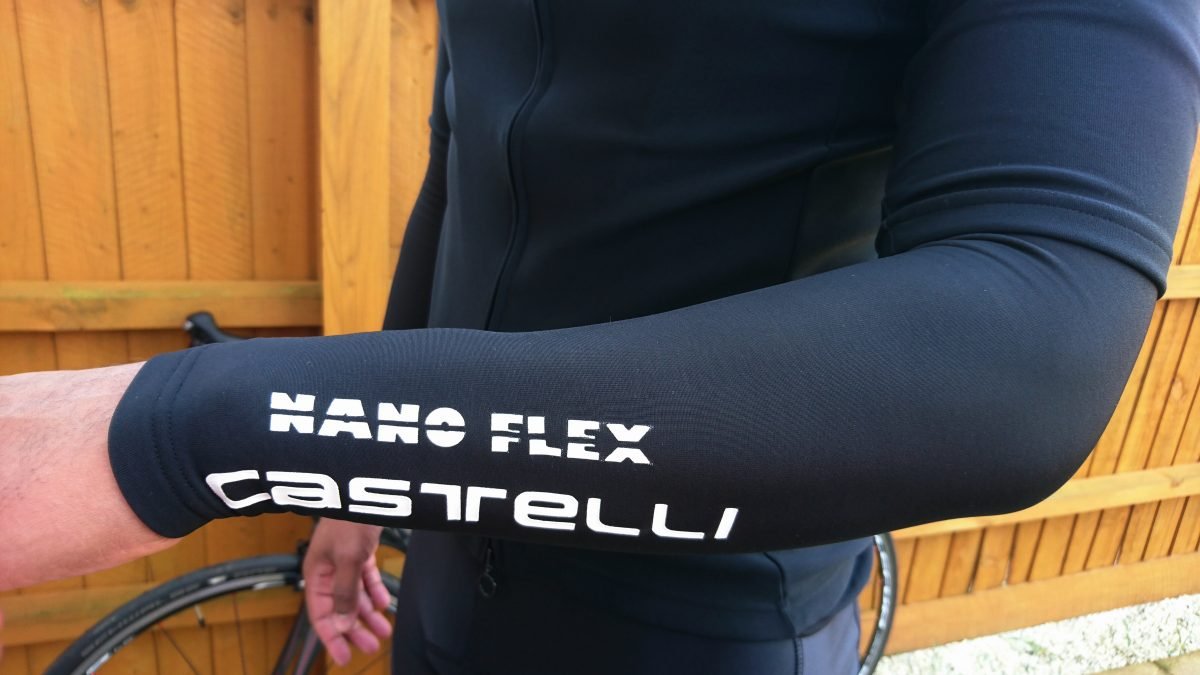 One of the most versatile pieces of cycle clothing - arm warmers are excellent for any time of year. They are designed to be worn with short-sleeve jerseys and their simple, tubular design makes them easy to remove and put back on. Being compact, they can be easily rolled up and put into a (jersey) pocket if the ride warms up. Warmers are commonly a Lycra construction and will often have a brushed fleece (Roubaix) lining for those really chilly rides. Arm warmers will usually feature a silicon 'gripper' band at the top of the arm to stop them falling down. Although warmers are simple in their design, some garments are technically advanced to be wind and water resistant to help keep you warm and dry during an Autumn shower.
One of the most versatile pieces of cycle clothing - arm warmers are excellent for any time of year. They are designed to be worn with short-sleeve jerseys and their simple, tubular design makes them easy to remove and put back on. Being compact, they can be easily rolled up and put into a (jersey) pocket if the ride warms up. Warmers are commonly a Lycra construction and will often have a brushed fleece (Roubaix) lining for those really chilly rides. Arm warmers will usually feature a silicon 'gripper' band at the top of the arm to stop them falling down. Although warmers are simple in their design, some garments are technically advanced to be wind and water resistant to help keep you warm and dry during an Autumn shower.
Leg/Knee Warmers
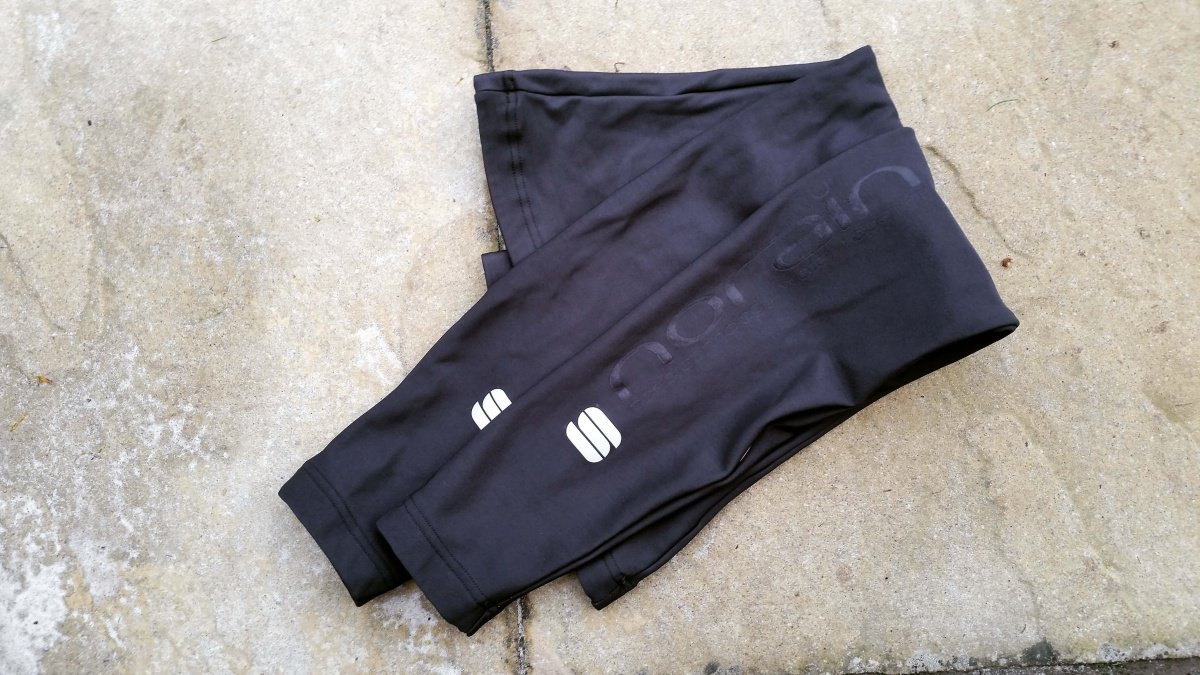 In the same way that arm warmers do their job, leg and knee warmers provide the same versatility by keeping your legs and knee joints warm on colder days. Thanks to the simplicity of their design, leg and knee warmers offer more versatility than wearing longer tights or cycling trousers. If you get too warm, they are easily removable and can be rolled up and stuffed away. As with arm warmers, some leg warmers provide extra warmth through fleece (or Roubaix) lining and some even come with a water-repellent finish to keep out light rain and spray from wet roads.
In the same way that arm warmers do their job, leg and knee warmers provide the same versatility by keeping your legs and knee joints warm on colder days. Thanks to the simplicity of their design, leg and knee warmers offer more versatility than wearing longer tights or cycling trousers. If you get too warm, they are easily removable and can be rolled up and stuffed away. As with arm warmers, some leg warmers provide extra warmth through fleece (or Roubaix) lining and some even come with a water-repellent finish to keep out light rain and spray from wet roads.
Review: Sportful No Rain Leg Warmers
Base Layer
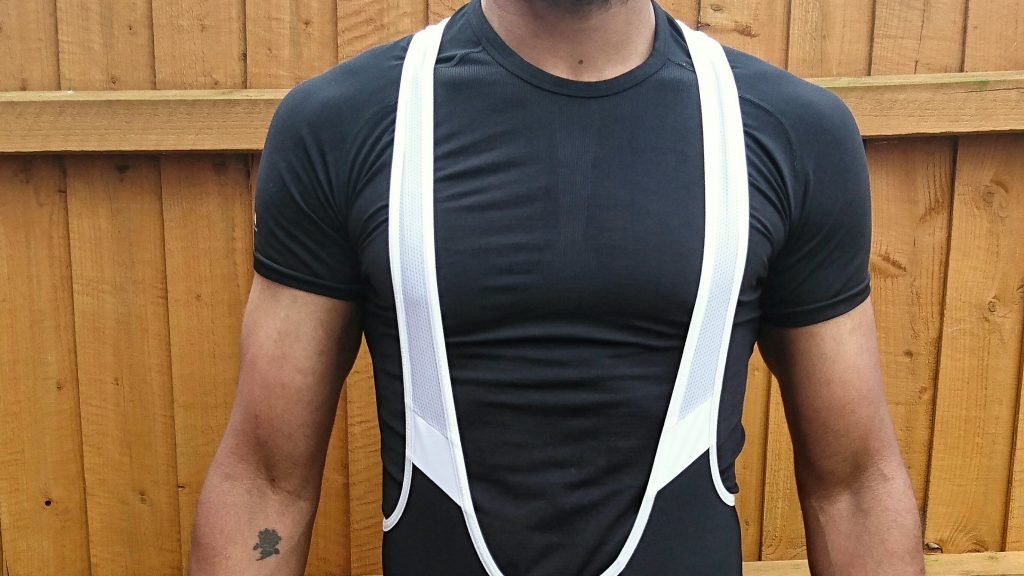 As the song goes - it's 'all about the base'! Mind you - that has a very different meaning. But when it comes to cycling on a chilly autumnal day (or evening), layering up is the best way to prevent the body getting too cold when riding. This is because it allows you to easily adjust how much you have on - depending on the weather conditions. Base layers are a next-to-the-skin garment that are available in long and short-sleeved or sleeveless options. Short-sleeve base layers are ideal for Autumn as they can be worn under most jerseys and fit well with arm warmers. Base layers are often made from technical fabrics which helps to draw sweat away from the body and regulate body temperature.
As the song goes - it's 'all about the base'! Mind you - that has a very different meaning. But when it comes to cycling on a chilly autumnal day (or evening), layering up is the best way to prevent the body getting too cold when riding. This is because it allows you to easily adjust how much you have on - depending on the weather conditions. Base layers are a next-to-the-skin garment that are available in long and short-sleeved or sleeveless options. Short-sleeve base layers are ideal for Autumn as they can be worn under most jerseys and fit well with arm warmers. Base layers are often made from technical fabrics which helps to draw sweat away from the body and regulate body temperature.
Gilet
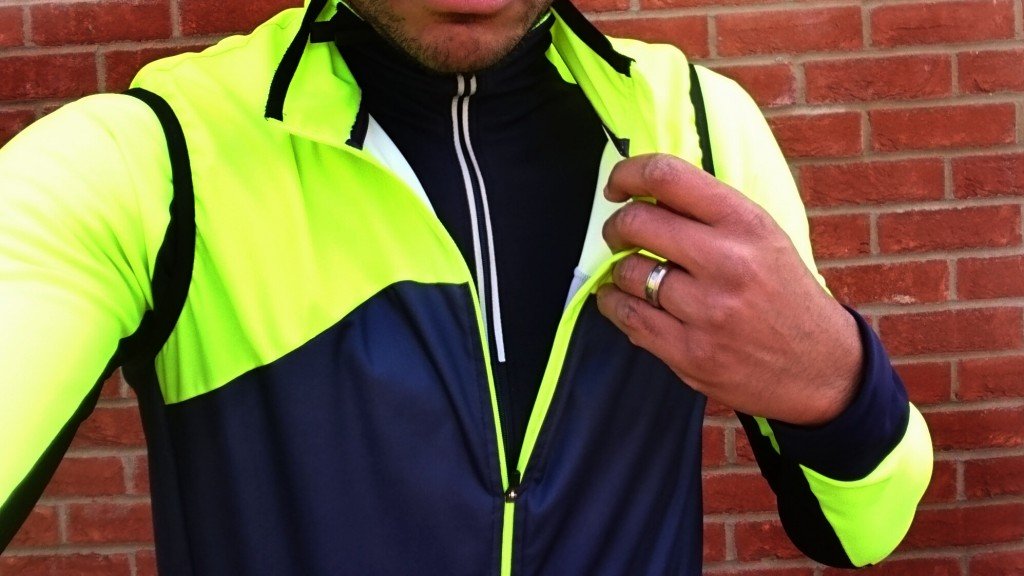 A cycling gilet or vest is a simple top layer that really serve their purpose during Autumn rides. We've mentioned our love of the gilet before and it is ideal for this time of year. Most gilets are designed to be windproof (although this is not always the case) and help protect your upper-body from windchill whilst riding. Even on a warmer day, when you may not be wearing the gilet during the ride - it is great to throw on at a (café) stop to prevent your body cooling down too quickly.
A cycling gilet or vest is a simple top layer that really serve their purpose during Autumn rides. We've mentioned our love of the gilet before and it is ideal for this time of year. Most gilets are designed to be windproof (although this is not always the case) and help protect your upper-body from windchill whilst riding. Even on a warmer day, when you may not be wearing the gilet during the ride - it is great to throw on at a (café) stop to prevent your body cooling down too quickly.
Blog: Kit I didn't appreciate until I used it!
Cycle cap
 Cycle caps are an under-rated accessories but are very useful all-year-round. They can have multiple purposes depending how they are worn. Primarily, the peak can act as a sunshade or a rain-shield. You can get caps that are fully waterproof but there is a question mark over how breathable they are. The traditional cotton caps are lightweight and fit nicely under (most) helmets. On warmer days, cycling caps are good for sun protection and also handy for absorbing sweat. At AATR - we love them.
Cycle caps are an under-rated accessories but are very useful all-year-round. They can have multiple purposes depending how they are worn. Primarily, the peak can act as a sunshade or a rain-shield. You can get caps that are fully waterproof but there is a question mark over how breathable they are. The traditional cotton caps are lightweight and fit nicely under (most) helmets. On warmer days, cycling caps are good for sun protection and also handy for absorbing sweat. At AATR - we love them.
Long-finger Gloves
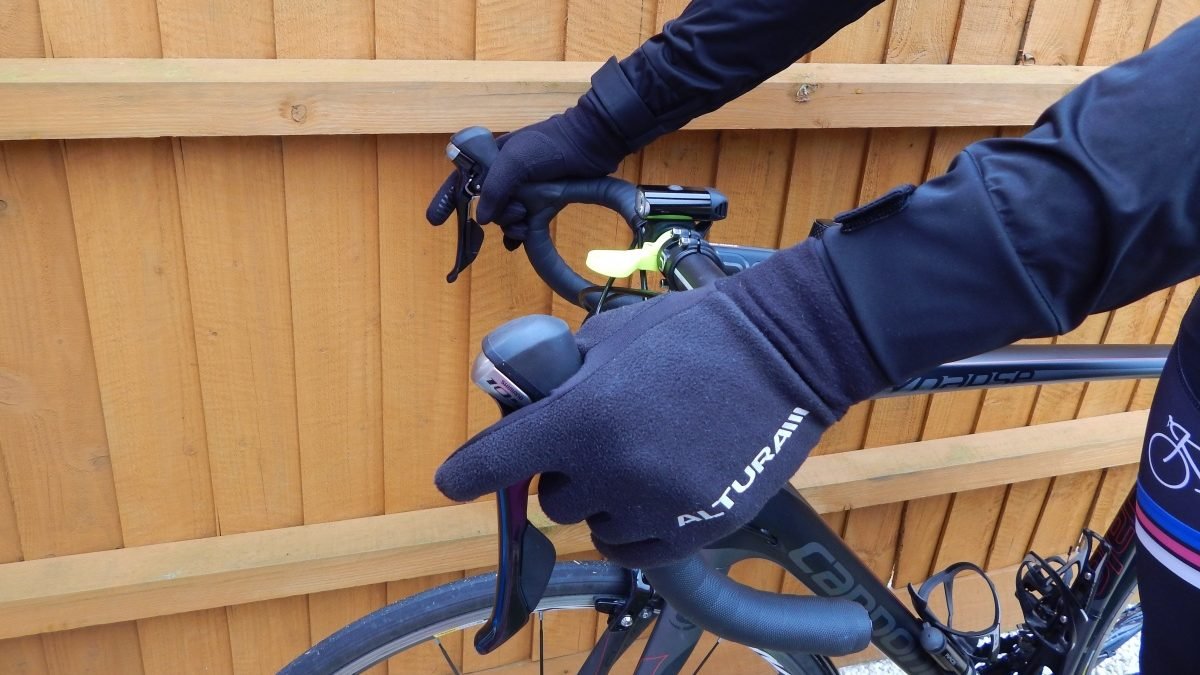 If like us you like to ride early mornings, the chances are that late Autumn riding is going to be pretty chilly. As in the winter, cold hands when cycling isn't much fun. Just because the forecast says its going to be sunny, it may not be warm. Having a pair of light-weight long-finger gloves can make all the difference on a cold morning. Lots of brands make thin fleece or liner gloves that aren't as bulky as winter gloves. These gloves are nice and compact when rolled up - so you can stuff them in a jersey pocket.
If like us you like to ride early mornings, the chances are that late Autumn riding is going to be pretty chilly. As in the winter, cold hands when cycling isn't much fun. Just because the forecast says its going to be sunny, it may not be warm. Having a pair of light-weight long-finger gloves can make all the difference on a cold morning. Lots of brands make thin fleece or liner gloves that aren't as bulky as winter gloves. These gloves are nice and compact when rolled up - so you can stuff them in a jersey pocket.
Windproof/showerproof Jacket
 A decent windproof jacket is often water repellent or showerproof and is a good idea for Autumn. This is because the weather can be so changeable - especially here in the UK. Whilst early Autumn we often find ourselves playing catch-up from warm summer days, the weather can still get wet and windy. A lightweight waterproof jacket is also an option, but these often trade the ability to keep you completely dry with being breathable. Remember that the further into Autumn we get, the darker the mornings and nights will be. So it's a good idea to have a hi-viz jacket or at least something with a decent amount of reflective detail.
A decent windproof jacket is often water repellent or showerproof and is a good idea for Autumn. This is because the weather can be so changeable - especially here in the UK. Whilst early Autumn we often find ourselves playing catch-up from warm summer days, the weather can still get wet and windy. A lightweight waterproof jacket is also an option, but these often trade the ability to keep you completely dry with being breathable. Remember that the further into Autumn we get, the darker the mornings and nights will be. So it's a good idea to have a hi-viz jacket or at least something with a decent amount of reflective detail.
Tips: Cycling in the Wind
Toe-covers & overshoes
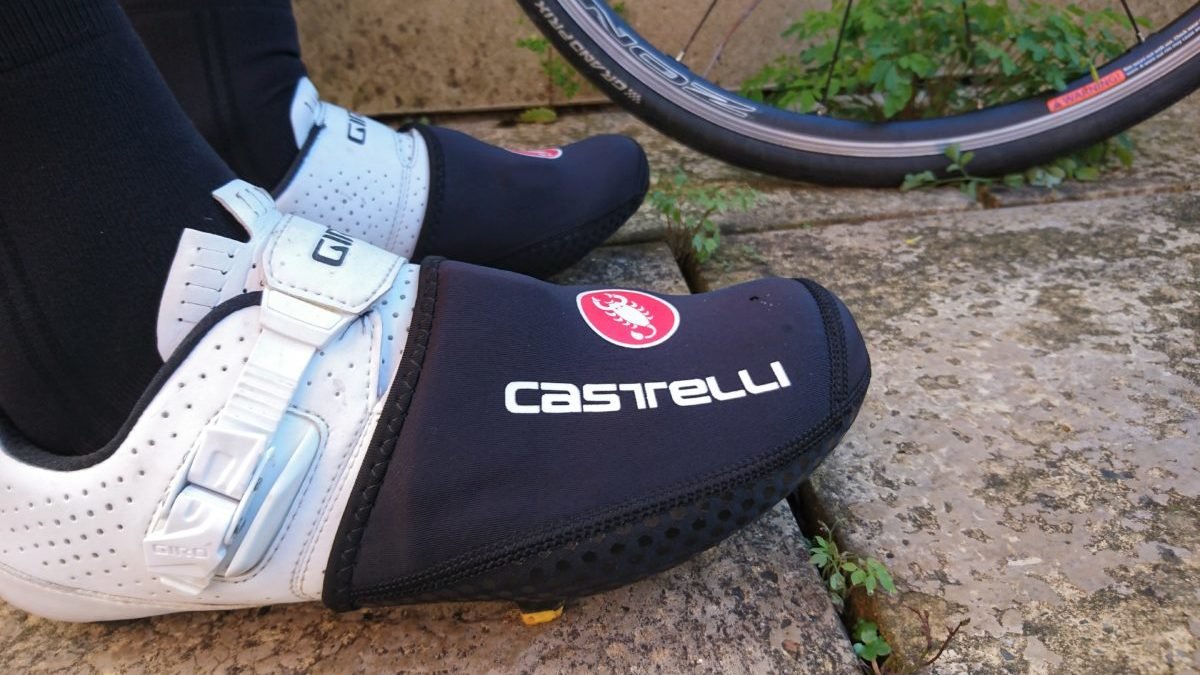 Like with cold fingers - cycling with cold toes or feet is just not good. Lots of cycling shoes have vents and mesh inserts for ventilation and to help keep the weight down. That's great in the summer, but when the temperatures drop to single digits in the Autumn, your feet will be one of the first things to feel the effects. Toe covers and overshoes are great for keeping your toes and feet warm. They will also help prevent your cycling shoes getting covered in the grime thrown up from wet roads.
Like with cold fingers - cycling with cold toes or feet is just not good. Lots of cycling shoes have vents and mesh inserts for ventilation and to help keep the weight down. That's great in the summer, but when the temperatures drop to single digits in the Autumn, your feet will be one of the first things to feel the effects. Toe covers and overshoes are great for keeping your toes and feet warm. They will also help prevent your cycling shoes getting covered in the grime thrown up from wet roads.
Choosing the right clothing for any bike ride can be tricky. There are lots of variables to think about - in weather conditions, time of day and length of ride you are doing. But it doesn't have to be complicated. We may have missed a few items but this list should serve well for most Autumn rides. The three rules we follow when getting kit ready for a ride are - always check the forecast before you ride, be prepared for changeable conditions and be comfortable in what you are wearing.Ride safe.

